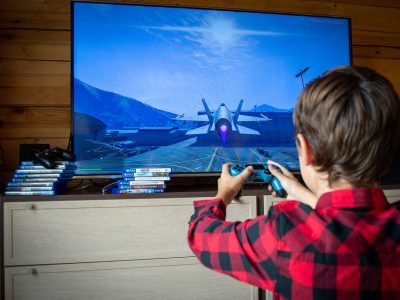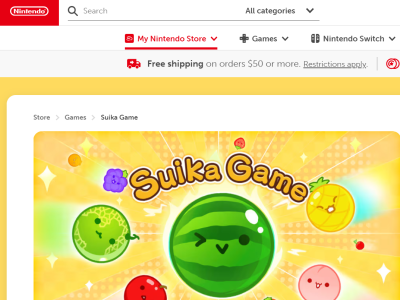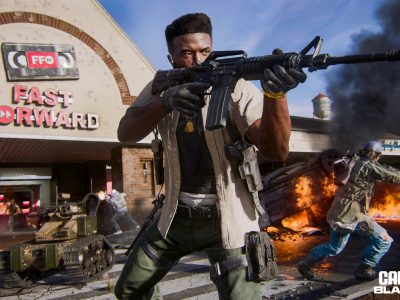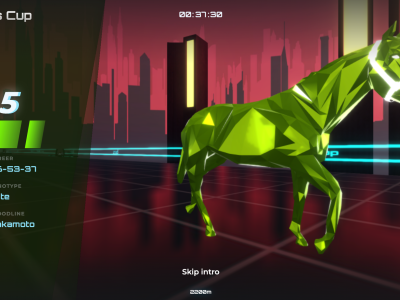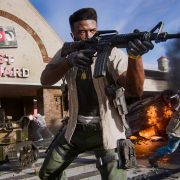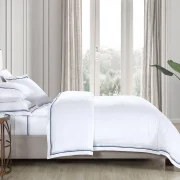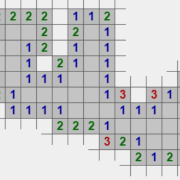
When you play a modern game, it’s easy to get lost in the glowing armor, scary monsters, or the tiny scratches on a sword. But behind all that magic is a pretty big toolbox.
A 3D art studio can’t just pick one app and call it a day. Instead, they juggle sculpting programs, texturing software, engines that run the whole world, and now even AI helpers. A 3D game art outsourcing studio has to go one step further – knowing all of them, because every client asks for something different.
Which graphic tools are most common?
This is where the actual building begins. Characters, props, and environments all start in modeling and sculpting tools before getting dressed up with textures.
From Kevuru Games portfolio
Modeling and sculpting
- Blender – a free, open-source 3D suite that covers modeling, sculpting, animation, and rendering. Popular with indie developers but increasingly used in professional studios.
- Autodesk Maya – an industry-standard tool for modeling, rigging, and animation. Known for its depth and flexibility in complex projects.
- 3ds Max – widely used for environment modeling, architectural visualization, and props. It is often chosen for large-scale scene building.
- ZBrush – specialized in digital sculpting with extreme detail. Often used to create characters, monsters, and creatures with high-resolution meshes.
From Kevuru Games portfolio
Texturing and materials
- Substance Painter – a tool for painting textures directly onto 3D models. Supports physically based rendering (PBR) for realistic materials like metal, fabric, or stone.
- Substance Designer – used to create procedural, customizable materials. Artists can build texture libraries that can be reused across projects.
- Adobe Photoshop – yes, still here, because sometimes nothing beats a quick texture tweak with a brush.
Every 3D art studio swears by its own mix. In 3D art outsourcing, flexibility wins — if a client wants Blender models textured in Substance and tested in Maya, the team better be ready.
Which game engines power 3D art?
Making a shiny character is one thing. Dropping them into a living, breathing world is another. That’s where engines step in.
- Unreal Engine – the favorite for AAA games and anyone chasing cinematic realism. Think jaw-dropping lighting and particle effects.
- Unity – beloved by indies but also used for massive productions. Flexible, runs on almost everything.
- CryEngine – the “realism” engine. Famous for lush forests and detailed environments.
- Godot – open-source and fast-growing. Powerful for smaller teams.
For a 3D game art outsourcing studio, knowing multiple engines isn’t optional. If the client builds in Unreal, you don’t hand them Unity assets — unless you want some angry emails.
How is AI changing 3D art development?
Here’s the fun part. AI is the newest guest at the 3D art party. It makes artists’ lives easier by speeding up the boring parts and brainstorming ideas instantly.
- Runway – generates variations of concepts and visual styles, helping artists test multiple ideas quickly without starting from scratch.
- NVIDIA Canvas – converts simple sketches into realistic landscapes using AI-trained data. Useful for environment artists during the early design phase.
- Stable Diffusion / MidJourney – text-to-image generators used for mood boards, concept exploration, and style inspiration.
- AI upscalers – enhance resolution and sharpness of textures or images. Instead of repainting low-resolution assets, artists can upscale them to meet modern quality standards.
Studios use these to move faster. In outsourcing especially, shaving a week off production time can be the difference between “on schedule” and “missed deadline.” AI makes sure artists spend more time being creative and less time clicking through endless clean-ups.
Final thoughts
There’s no single answer to “what tools do you need for 3D game art?” It depends on the project, the studio, and sometimes even the client’s mood. The magic happens when the right combination of tools meets the right team.
And that’s why 3D art development is always evolving. New tools appear, AI sneaks in, pipelines shift. A 3D art studio keeps refining its process, while a 3D game art outsourcing studio makes sure it can adapt to anyone’s workflow. In the end, it’s not about the software logo on your screen – it’s about building worlds players can’t wait to get lost in.

